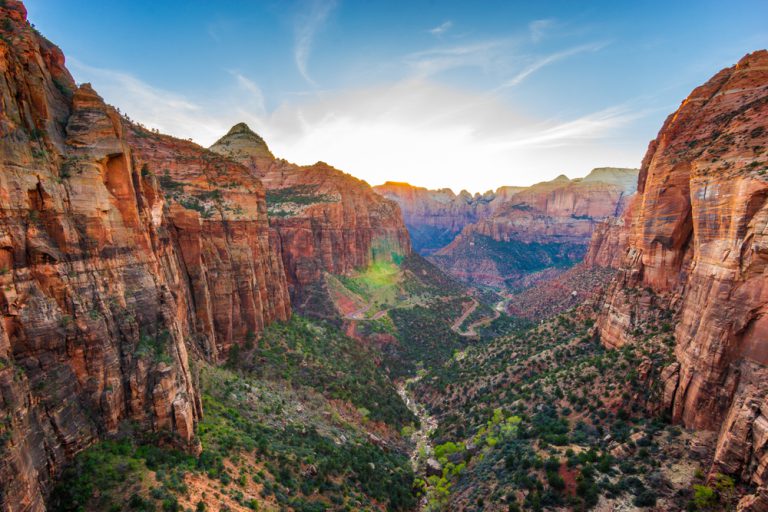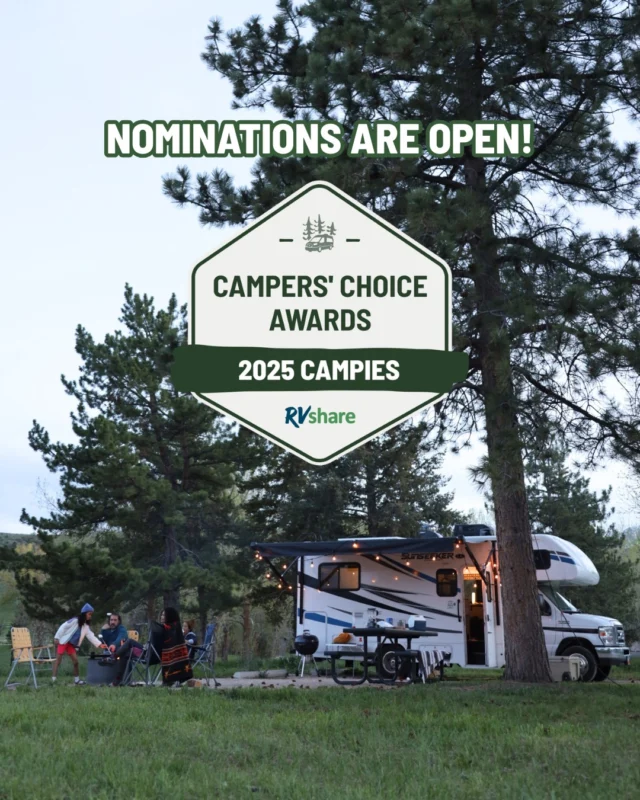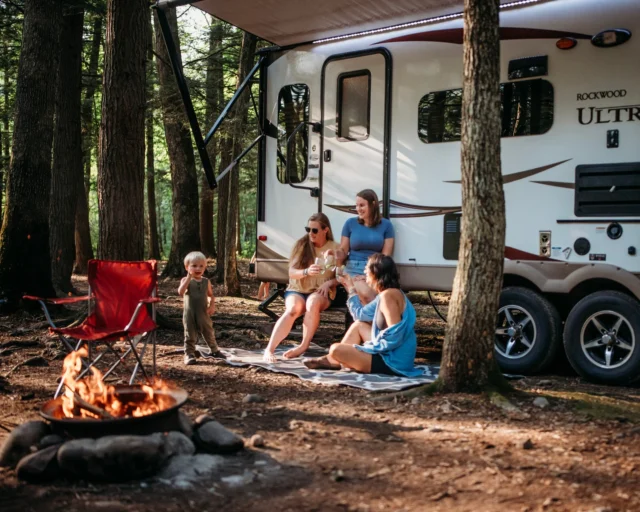
While all of Utah’s wildernesses — and goodness knows there are plenty of them — have their own unique draw, Zion National Park is truly a treasure. Tucked into the southwestern corner of the state, Zion is characterized primarily by the ancient, massive canyon for which it’s named, Zion Canyon, which runs some 15 miles long and half a mile deep, but there’s so much more to this incredible national park than a crack in the ground.
Along with easily providing the bravest outdoor explorers, who take to this landscape for canyoneering, rock climbing, and rugged river trips, Zion is home to some relatively moderate hikes so that even beginners can truly get a sense of adventure here. It’s also just plain pretty, even if you do no more than venture up to the viewpoints. Case in point: nearly 5 million visitors make their way to Zion each year, many of whom end up taking to modern-day hiking trails that follow in the footsteps of Native Americans and pioneers alike.
Which brings us to an important part of the story. Zion National Park’s human history extends far beyond the history of western settlement and colonization that occurred in the 1700s and 1800s. The landscape today known as Zion National Park has been historically and ancestrally occupied by the Pueblo and Southern Paiute peoples, as well as ancient Indigenous peoples who hunted and gathered here as long as 8,000 years ago.
The Indigenous History of Zion National Park

Many archeological sites have been unearthed within the boundaries of modern day Zion National Park, giving us a window into the long span of human history these lands hold. Additionally, modern tribes’ oral traditions keep alive the stories of the Native Americans who have dwelled in the southwest for centuries.
The way people interacted with the areas in and around Zion National Park changed and evolved as time went on. During the Archaic period, from approximately 6000-1 BCE, Indigenous tribes traveled in small groups to hunt game animals and gather wild foods, crafting woven baskets for the purpose of storing their wares and inventing the atlatl, a type of throwing spear, to increase their yield while hunting. It was during this period that certain ancient Indigenous peoples began to spearhead the agricultural practices we know and rely on today, learning to plant and care for seeds to supplement their diets with domesticated squash and corn.
By the first year CE, ancestral Puebloan people had begun to populate this area, setting up their characteristic villages along river and tributary terraces — places where it was easy to grow those crops that enabled them to stay in one place. Archeologists have identified two main bands of people who populated Zion during this time, the Ancestral Puebloan and the Parowan Fremont, both of whom, unfortunately, disappear from the archeological record of the area around the year 1300 CE.
As the years went on, the tribe known today as the Southern Paiute began to travel through and populate this landscape, and were still there when white, western settlers began to arrive in the 1700s and 1800s. The Southern Paiute tribe today, which includes descendents of these original inhabitants of Zion, is divided into many subgroups or bands, and its enrolled members continue to keep their histories and cultures alive in the face of displacement and colonization.
Paying Respect to the Land
When first arriving at Zion National Park — or truly any American national park — it’s easy to simply be swept away in the beauty and fail to think critically, or for any length of time, about the important history hidden in those stunning scenes. But taking the time to educate yourself on the Indigenous history of a place is an important first step toward traveling respectfully through that land, so we thank and applaud you for reading this write-up. Additionally, we recommend checking into whatever resources are available through the National Park Service when you visit, as well as the free online web tool Native Land, which can tell you whose ancestral grounds you’re occupying all across the United States and beyond.
However, education only goes so far. At a certain point, in order to truly embody the spirit of respect, we must also take physical action — and as visitors, that physical action should ensure we’re traveling as lightly upon the land as possible.
As contemporary explorers and outdoor enthusiasts, Leave No Trace is one of the best resources at our disposal for ensuring we’re traveling respectfully, and in a way which will preserve the sites we experience for future visitors. The seven Leave No Trace principles include some common-sense items, like packing out all the garbage you pack in, as well as tasks it’s easy to forget about, like ensuring you’re hiking and building campfires only on durable surfaces or ones that have already been impacted by those activities. You can check out the full details of all seven guidelines at the organization’s website.
We hope this little bit of Indigenous history has helped expand your experience and enjoyment of Zion National Park, as well as motivating you to do your part to ensure its continued wellbeing. Happy travels!






